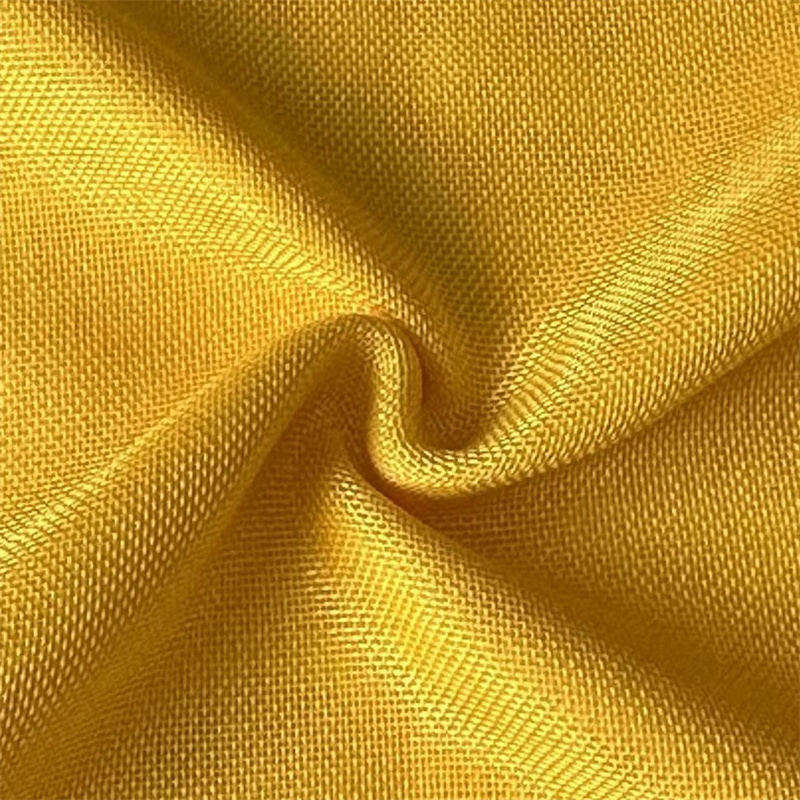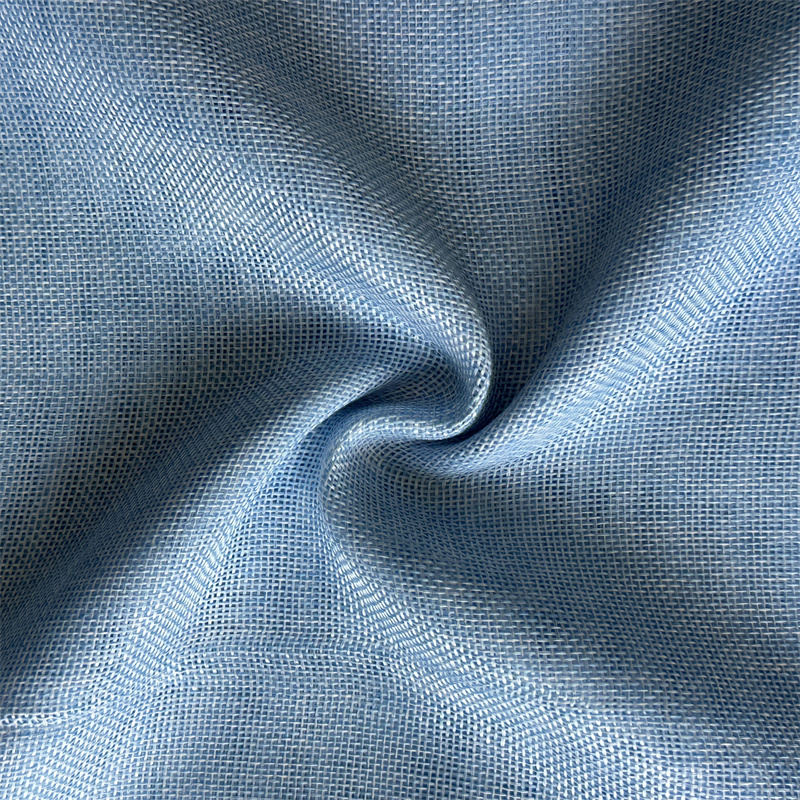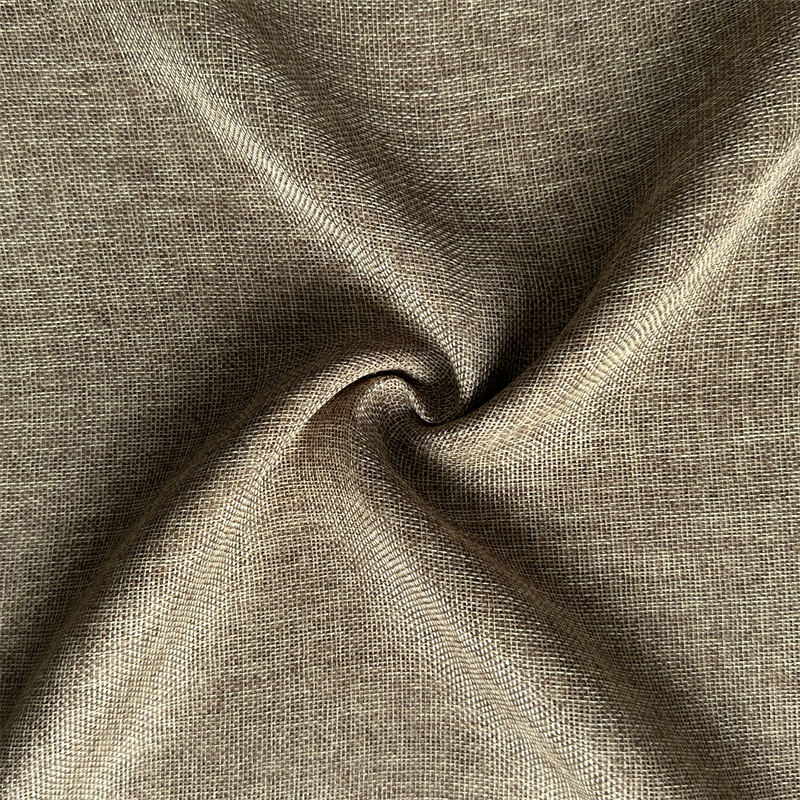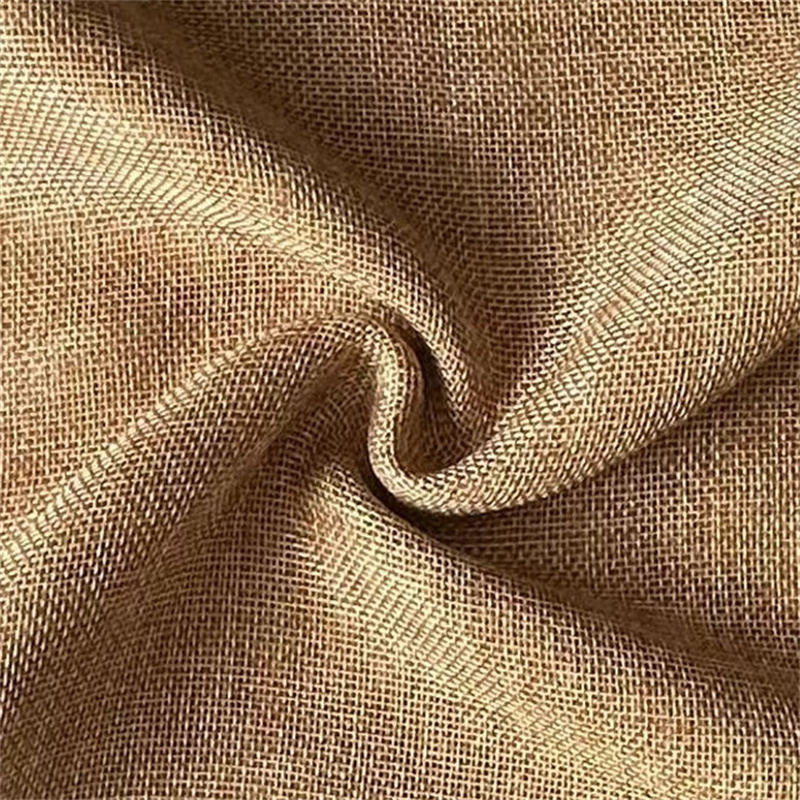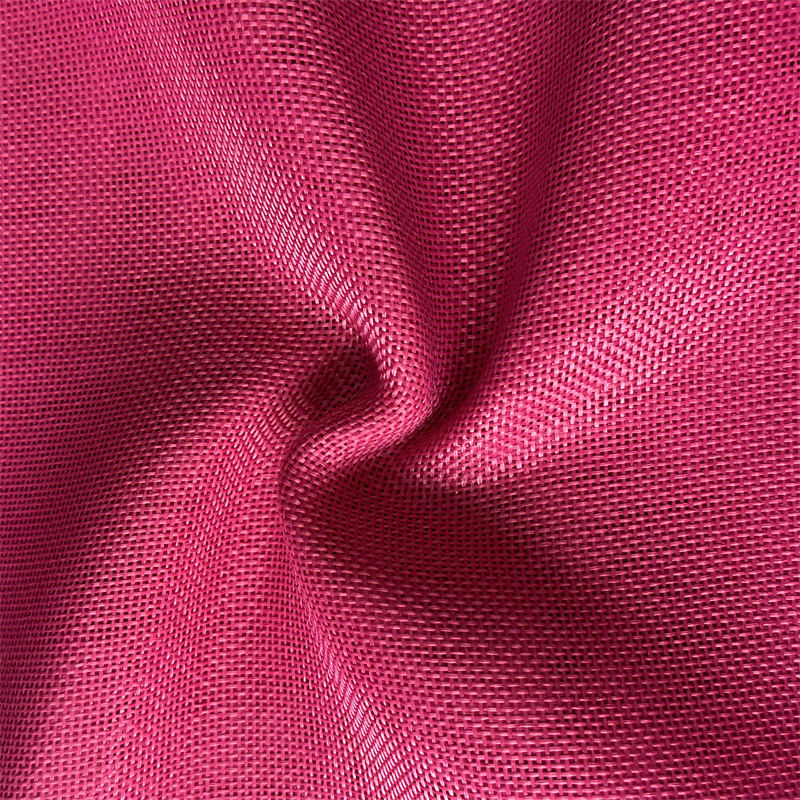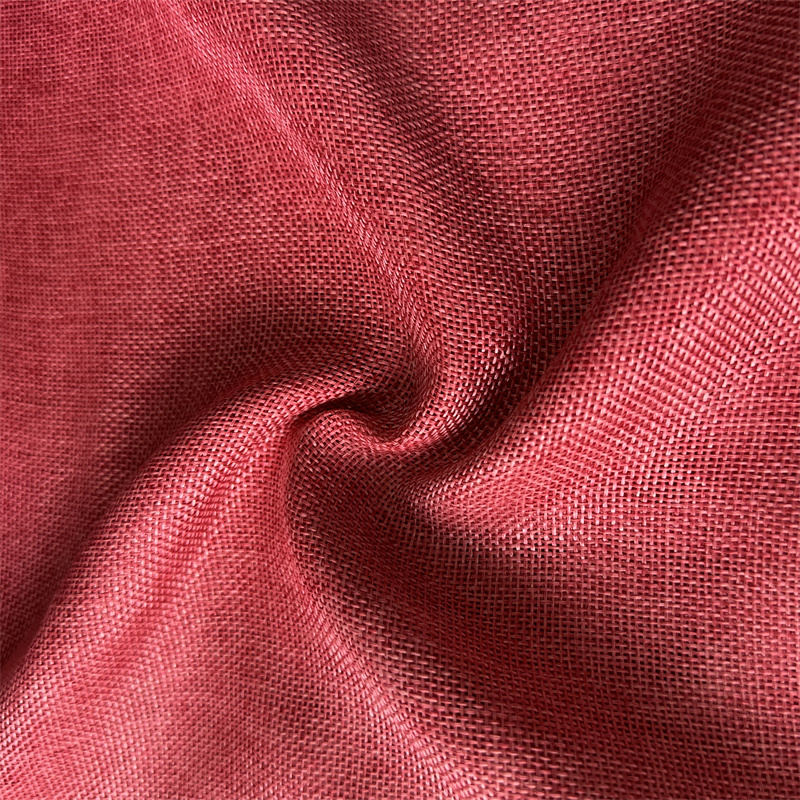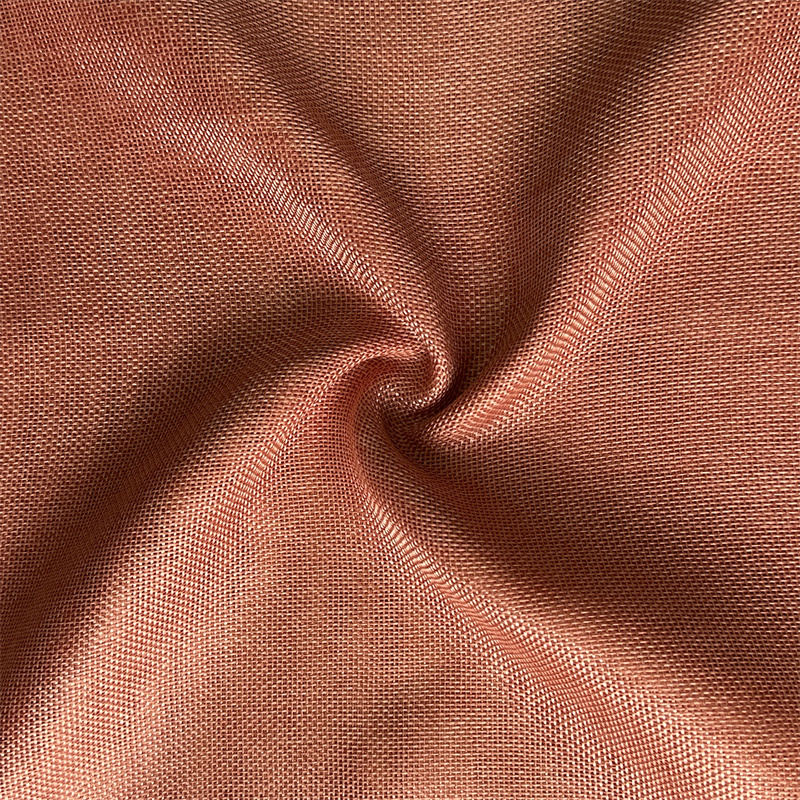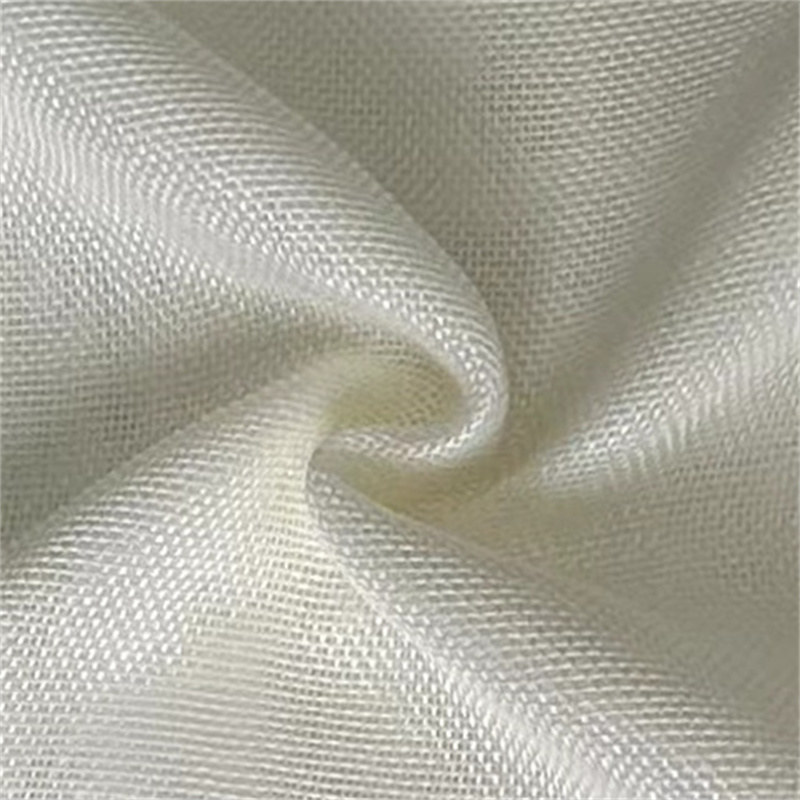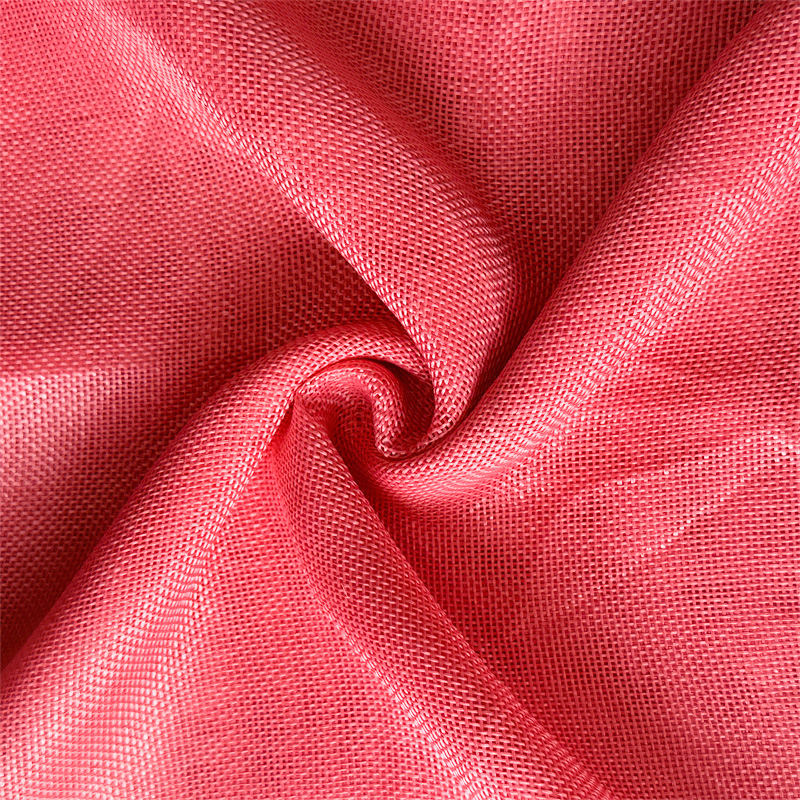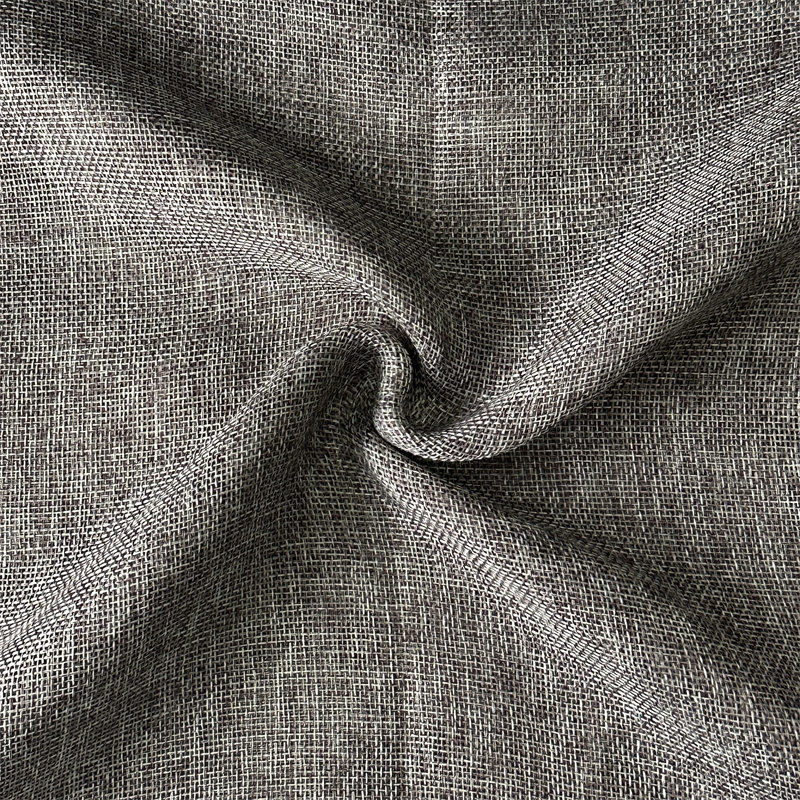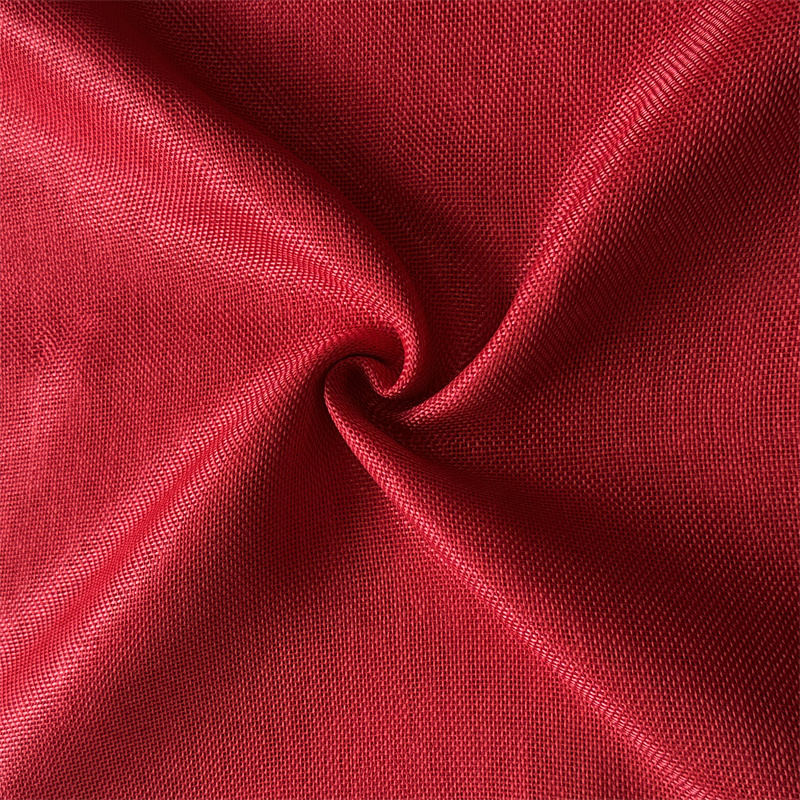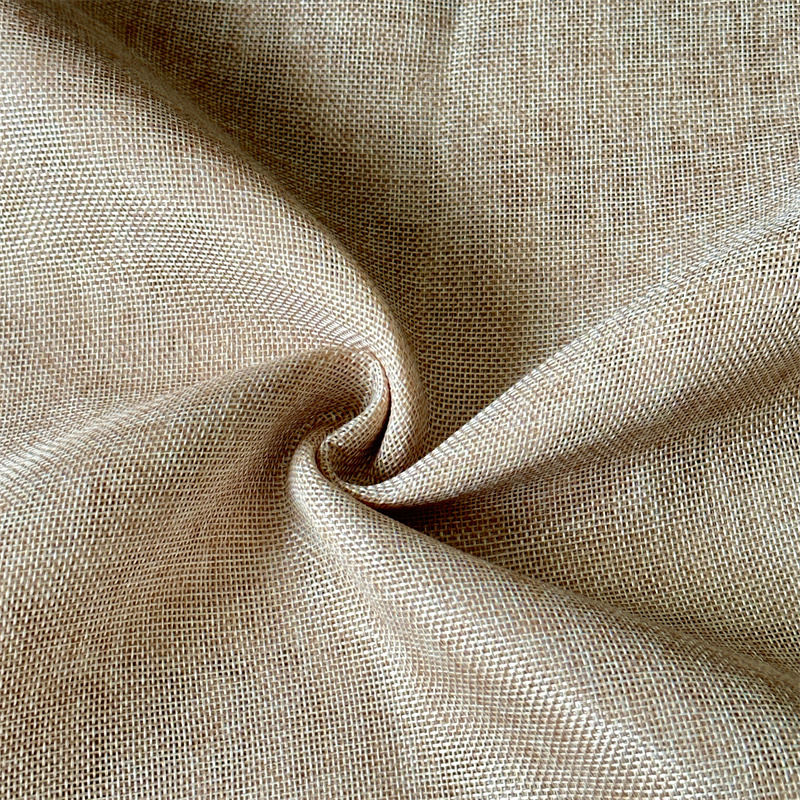Imitation silk fabric, often referred to as synthetic silk, is a versatile textile designed to replicate the smooth texture, lustrous appearance, and flowing drape of natural silk. Produced using fibers such as polyester, rayon, or nylon, imitation silk offers many of the aesthetic qualities of silk but at a lower cost and with greater durability. Its combination of affordability, ease of maintenance, and visual appeal has made it a popular choice across various segments, including apparel and home textiles.
This article explores the common uses of imitation silk fabric in clothing and home décor, explaining why it has become a preferred material for designers, manufacturers, and consumers alike.
1. Understanding Imitation Silk Fabric
Before diving into applications, it is essential to understand the characteristics of imitation silk:
- Appearance: Mimics the natural sheen and smoothness of silk, giving fabrics an elegant and luxurious look.
- Texture: Soft and smooth, often with a flowing drape that allows for graceful garment movement.
- Durability: More resistant to tearing, abrasion, and fading than natural silk.
- Ease of Care: Can typically be machine-washed or hand-washed without special handling, unlike real silk.
- Affordability: Much lower cost compared to natural silk, making it accessible for mass production.
These properties make imitation silk suitable for a wide variety of applications in both fashion and home textiles.
2. Applications in Apparel
Imitation silk fabric is extensively used in apparel due to its luxurious appearance and versatility. Its smooth texture and elegant drape make it suitable for garments that require sophistication and comfort.
a. Dresses and Evening Wear
- Formal Dresses: Imitation silk is commonly used for cocktail dresses, evening gowns, and prom dresses. Its glossy finish and flowing drape create a glamorous appearance.
- Wedding Attire: Bridesmaids’ dresses, ceremonial gowns, and some bridal attire use imitation silk as a cost-effective alternative to natural silk.
- Versatility: The fabric can be dyed in vibrant colors or printed with intricate patterns, offering designers creative freedom.
b. Blouses and Shirts
- Professional Wear: Imitation silk blouses and shirts are popular in office attire for women due to their elegant look and comfortable feel.
- Fashion Blouses: Lightweight and soft, the fabric allows for pleats, ruffles, and decorative draping.
- Easy Maintenance: Machine-washable versions make it convenient for daily wear, unlike natural silk, which often requires dry cleaning.
c. Scarves and Accessories
- Scarves and Shawls: Imitation silk’s smooth texture makes it ideal for neck scarves, wraps, and pashminas.
- Ties and Pocket Squares: Men’s accessories often use imitation silk for its sheen, flexibility, and affordability.
- Hair Accessories: Scrunchies, headbands, and hair ribbons benefit from the soft feel and glossy finish of imitation silk.
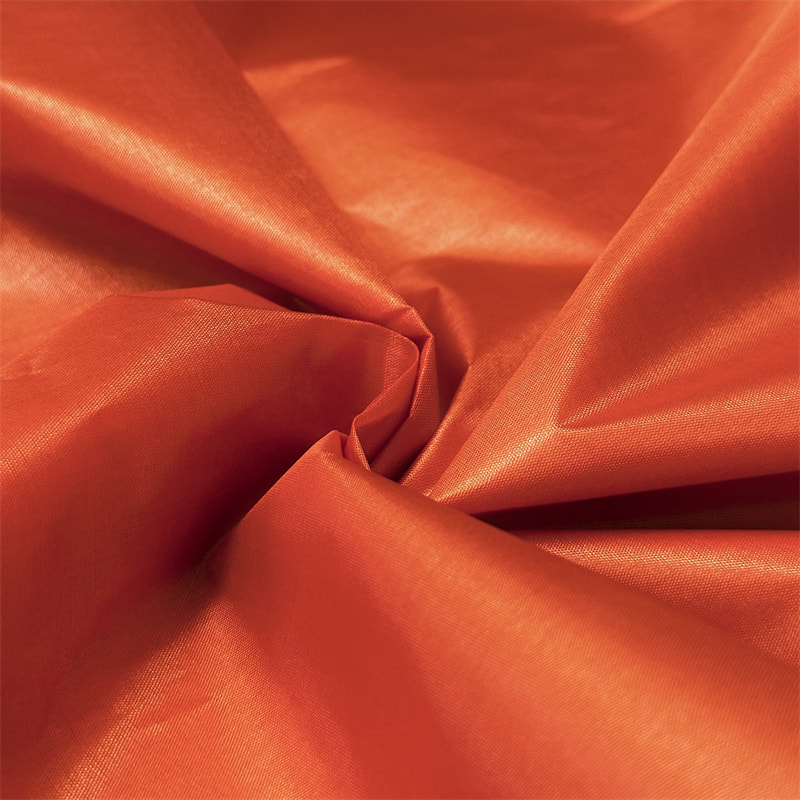
d. Lingerie and Sleepwear
- Nightgowns and Pajamas: Imitation silk is popular for lingerie and sleepwear due to its soft, skin-friendly texture.
- Intimate Apparel: Chemises, robes, and camisoles often utilize imitation silk for a luxurious appearance while remaining affordable.
- Moisture-Wicking and Lightweight: Synthetic fibers used in imitation silk help with breathability and comfort during sleep.
e. Casual Apparel
- Tops and Tunics: Lightweight imitation silk fabrics are used for casual tops and tunics, providing a polished look with comfort.
- Skirts and Pants: Flowing skirts, palazzo pants, and summer wear take advantage of the fabric’s drape and softness.
- Blends: Imitation silk is often blended with cotton or polyester to improve durability and stretch, making it suitable for everyday wear.
3. Applications in Home Textiles
Beyond clothing, imitation silk fabric has become popular in home décor, where it adds elegance and sophistication.
a. Curtains and Draperies
- Luxurious Appearance: Imitation silk curtains provide a shiny, smooth finish that enhances the aesthetic of living rooms, bedrooms, and formal spaces.
- Variety of Styles: The fabric can be pleated, gathered, or printed to match interior design themes.
- Light Diffusion: Imitation silk allows for a soft diffusion of sunlight, creating a warm and inviting ambiance.
b. Bedding
- Bed Sheets and Pillowcases: Smooth imitation silk fabrics are gentle on skin and hair, reducing friction and promoting comfort.
- Duvet Covers: Imitation silk adds a luxurious feel to the bedroom without the high cost of natural silk.
- Decorative Bedding: Bedspreads and throws in imitation silk elevate the visual appeal of bedrooms, often paired with embroidery or printed patterns.
c. Cushion Covers and Upholstery
- Cushion Covers: Imitation silk cushion covers bring a touch of elegance to sofas and chairs.
- Decorative Upholstery: While not as durable as some heavy-duty upholstery fabrics, imitation silk is used in accent pieces and furniture panels for aesthetic purposes.
- Color and Pattern Versatility: Available in a wide range of colors and designs, imitation silk enhances interior décor themes.
d. Table Linens
- Tablecloths and Runners: Imitation silk table linens are commonly used for formal dining settings and special occasions.
- Napkins: Soft, elegant, and visually appealing, these fabrics elevate table presentation.
- Durability: Unlike real silk, imitation silk table linens can often be washed or cleaned without special care, making them practical for repeated use.
e. Decorative Accents
- Wall Hangings: Printed or embroidered imitation silk fabrics are used for decorative wall art.
- Lampshades: The glossy, smooth surface diffuses light beautifully, adding charm to lamps and fixtures.
- Window Scarves and Swags: Decorative swags made from imitation silk add sophistication to windows and interior design schemes.
4. Advantages of Using Imitation Silk in Apparel and Home Textiles
The widespread use of imitation silk fabric is due to several key advantages:
- Affordability: Significantly less expensive than natural silk, allowing for broader accessibility in both fashion and home décor.
- Durability: Resistant to wear, tearing, and color fading, suitable for both everyday garments and home textiles.
- Ease of Maintenance: Often machine-washable and less prone to water spots, shrinking, or stretching than natural silk.
- Versatility: Suitable for a wide range of applications, from delicate lingerie to heavy draperies.
- Color Retention: Synthetic fibers in imitation silk hold dyes well, allowing for vibrant, long-lasting colors.
- Aesthetic Appeal: Smooth texture and lustrous appearance mimic natural silk, providing a luxurious look.
5. Considerations When Using Imitation Silk
While imitation silk is versatile, certain considerations are necessary to optimize its performance:
- Fiber Content: Polyester-based imitation silk is durable and easy to maintain, whereas rayon or acetate variants may require more delicate care.
- Fabric Weight: Lightweight imitation silk is suitable for clothing and delicate drapes, while heavier variants work better for bedding and upholstery.
- Printing and Finishing: Proper printing techniques ensure designs remain vibrant and don’t peel or fade.
- Blending: Combining imitation silk with other fibers can improve stretch, durability, and resistance to wrinkles.
- Heat Sensitivity: Synthetic fibers may melt under high heat, so care should be taken during ironing or laundering.
6. Trends in Imitation Silk Applications
Modern trends continue to drive the popularity of imitation silk in both fashion and home décor:
- Sustainable Synthetics: Development of eco-friendly, recycled synthetic fibers for imitation silk fabrics.
- Digital Printing: High-resolution prints allow intricate patterns on apparel and home textiles.
- Luxury at Affordable Prices: Designers are leveraging imitation silk to create high-end looks without the cost of natural silk.
- Blended Fabrics: Combining imitation silk with cotton, wool, or elastane to improve comfort, flexibility, and durability.
- Home Décor Innovation: Imitation silk is increasingly used in decorative pillows, throws, and drapes to provide elegance and style without excessive maintenance.
Conclusion
Imitation silk fabric is a versatile and cost-effective alternative to natural silk, offering a similar luxurious appearance, soft texture, and flowing drape. Its applications span both apparel and home textiles, including formal dresses, blouses, lingerie, scarves, evening wear, curtains, bedding, cushions, table linens, and decorative accents.
Its popularity is driven by affordability, durability, ease of care, and the ability to maintain vibrant colors and intricate designs. Whether used in fashion to create elegant garments or in home décor to add a touch of sophistication, imitation silk continues to be a preferred material for designers, manufacturers, and consumers seeking style, comfort, and practicality.
By understanding its applications, advantages, and limitations, businesses and consumers alike can make informed decisions to leverage imitation silk fabric’s aesthetic and functional qualities, achieving luxurious looks at a practical cost.


 中文简体
中文简体 Español
Español